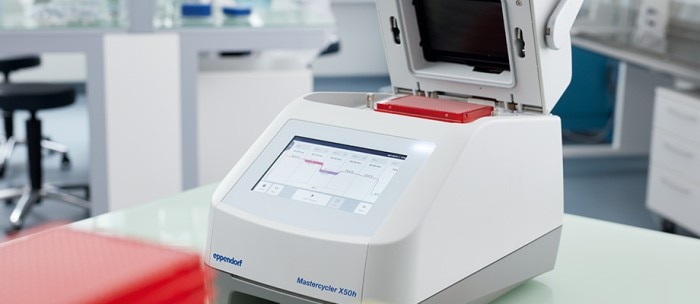MENU
SG | SGD
-
-
-
-
- Forum Labo 2025
- Advanced Therapies Week (ATW) 2025
- SLAS Europe 2025
- Bioprocessing Summit Europe 2025
- Medlab Middle East 2025
- SLAS International 2025
- Biologics World Nordics 2025
- ASIA LABEX: The Lab Show 2025
- BioProcess International Europe 2025
- ISEV 2025
- Future Labs Live 2025
- Cell 2025
- ASIA LABEX: The Lab Show 2025
-
-
-
-
- Forum Labo 2025
- Advanced Therapies Week (ATW) 2025
- SLAS Europe 2025
- Bioprocessing Summit Europe 2025
- Medlab Middle East 2025
- SLAS International 2025
- Biologics World Nordics 2025
- ASIA LABEX: The Lab Show 2025
- BioProcess International Europe 2025
- ISEV 2025
- Future Labs Live 2025
- Cell 2025
- ASIA LABEX: The Lab Show 2025
SG | SGD
-
- Benchtop Centrifuges
- Floor-Standing Centrifuges
- Refrigerated Centrifuges
- Microcentrifuges
- Multipurpose Centrifuges
- High-Speed Centrifuges
- Ultracentrifuges
- Concentrator
- High-Speed and Ultracentrifuge Consumables
- Centrifuge Tubes
- Centrifuge Plates
- Device Management Software
- Sample and Information Management
-
- All Pipettes, Dispensers & Automated Liquid Handlers
- Mechanical Pipettes
- Electronic Pipettes
- Multi-Channel Pipettes
- Positive Displacement Pipettes & Dispensers
- Automated Pipetting
- Bottle-Top Dispensers
- Pipette Controllers
- Pipette Tips
- Automation Consumables
- Dispenser & Pipette Accessories
- Automation Accessories
- Dispenser & Pipette Services
No results found
Search Suggestions

PCR: Need for Speed?
HANAË KÖNIG Lab Academy
- Molecular Biology
- Amplification & PCR
- Academia
- PCR Cyclers
- BioNews article
After its invention in 1985, PCR started its triumphal procession in the early 1990s. At that time, a PCR cycle took 4 – 5 hours, meaning that half a working day had to be spent holding a tube and moving it from water bath to water bath, while counting seconds and trying to maintain the right temperature.
Enhancing speed has been one key objective for cycler manufacturers since then. Fortunately, the components needed for the heat transfer in a PCR instrument became better and better in quality and performance, i.e. Peltier elements and thermoblock materials. Taking advantage of major technological advances over the years, Eppendorf succeeded in developing a PCR cycler which is probably the fastest model on the market: Mastercycler® X50s. It features a silver block for fast heat transfer and Peltier elements of excellent quality enabling PCR runs with heating rates of 10 °C/s. Its innovative 2D-Gradient technology allows testing of 96 different combinations of denaturation and annealing temperatures in one run in order to optimize yield and specificity of a PCR. This does not speed up the run itself, but the process to determine the optimal conditions for the DNA and primer pair takes less time. PCR kit manufacturers, too, dedicate their expertise to enhancing the speed of PCR. Their aim is to find more reliable, stable, and fast enzymes for PCR preparation. Thanks to new technologies and kits, the runtime of a PCR can nowadays be reduced from 1 hour down to 15 minutes while keeping the same quality of results. Make the most of your working day and spend the time you win with your PCR results and new findings! Speed up your PCR with Mastercycler X50s + Fast PCR enzymes, e.g. from Solis BioDyne.
Read more
Read less
Related links
Mastercycler X50 websiteOnline article “Multiple targets, one run: multiplex your PCR!”
Online article “Higher faster further”
Read more
Read less
Read more
Read less
